Injectors and related components need special care, but do garages appreciate this?
Diesel system components are a paradox. On one hand they survive for years if not decades in a harsh, high temperature and even higher pressure environment of an engine. On the other hand, when the parts are out of their clean, contamination-free safe zone the are immensely fragile and even the slightest knock or the tiniest contamination particle can render them useless.
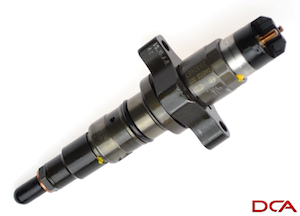
It is interesting to note that the component manufacturers take getting injectors through the factory, to the garage and into the engine, extremely seriously. “Delphi’s common rail injectors are manufactured and packed in conditions of utmost cleanliness in our OE facilities. All outlets are fitted with protective caps and plugs and the injectors are sealed into VCI (Vapour Corrosion Inhibitor) bags. The bagged injectors are then packed into strong, durable cardboard cartons for delivery to distributors and end users” explains Gail Flint, UK Category Manager, Fuel Injection Systems, Delphi Product and Service Solutions. She adds that on fitting, garages are encouraged to vacuum (as opposed to blowing compressed air across the component) when fitting and that the old core should be returned packaged in the same way complete with end caps when being returned to the factor.
DEBATE
However, a thorny debate arises when it comes to remanufacturing that core. Arguments over what is a repair and what constitutes being a remanufactured item are as old as the industry, but in the days of high-tech electronics and ultra-sensitive precision parts the topic has never been more pertinent. Part of the problem, according to various remanufacturers is a lack of universal build specs from OEMs. Chris Paxman, MD of TT Automotive said: “There always has been companies who want to do the job properly, and others who want to get it working to a fashion and make a quick buck”. He adds that where there is official field repair information available from the OEM ‘most reputable diesel repair shops will be using this to remanufacture the unit’.
Graeme Stock, MD of Hirsche Automotive said a key difference between repairers and reconditioners is the way they’s approach each unit. “Repairers would solve the immediate fault, and if there were 10 racks the same, perhaps with different faults, they’d just repair that one challenge. What we do in R and D is we solve the issue across the board. Every time we produce it, we will strip the whole thing down and build it back up. You have to change the mentality, if you don’t do that, you aren’t a reconditioner, you are a repairer”.
PROGRAMME
The OEMs do have various diesel programmes, but some in the industry want this expanded and formalised. The one fundamental change [that we’d like to see] would be that the OEMs recognise the value of an approved diesel centre network that they promote the benefits of using the same, that they introduce new programmes quicker through this network and making sure that the component parts are competitively priced” said Ian Neill, Director, Diesel Systems at Carwood. “This would ensure that the approved networks who have made very significant investments in equipment and training would capture a major share of the available market before the non – genuine repairers got a foothold”. He adds that in his opinion the reason that this is not happening as a given is because it is in conflict with the OEMs own reman programmes.
Despite the bad headlines, there are as many diesel vehicles on the road as ever and while the parts are delicate and difficult to transport until fitted, there is no denying that a modern workshop cannot simply refuse to take diesel work on.
NO SHORTCUT FOR DIESEL PARTS
An important point to understand about diesel components is that there is no such thing as a cheap price- fighting brand on new components. On glow plugs, for example, there are only half a dozen companies that produce them, and all have various OE contracts. The reason for this, as outlined in the main text, is that all diesel components are highly precision engineered parts and even the slightest error in the length of a glow plug, for example, could result in the crown touching the piston which would result in significant engine damage. A year ago CAT visited the Hidria glow plug factory in Slovenia, and were surprised how few people were involved in the physical production, as the vast majority of operations are automated and in clean room conditions. As with other diesel system components, each product is coded for traceability and are subject to many tests before leaving the building, including a fast heat change test, plunging the plugs from a hot ambient temperature to -40° in a flash.
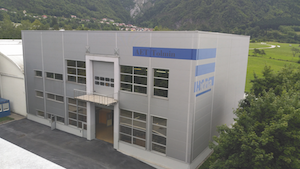

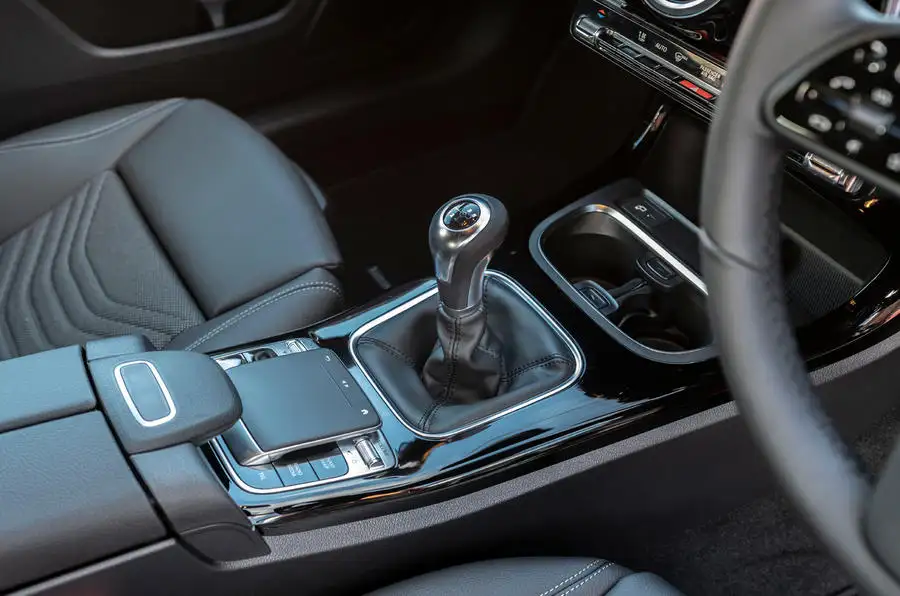
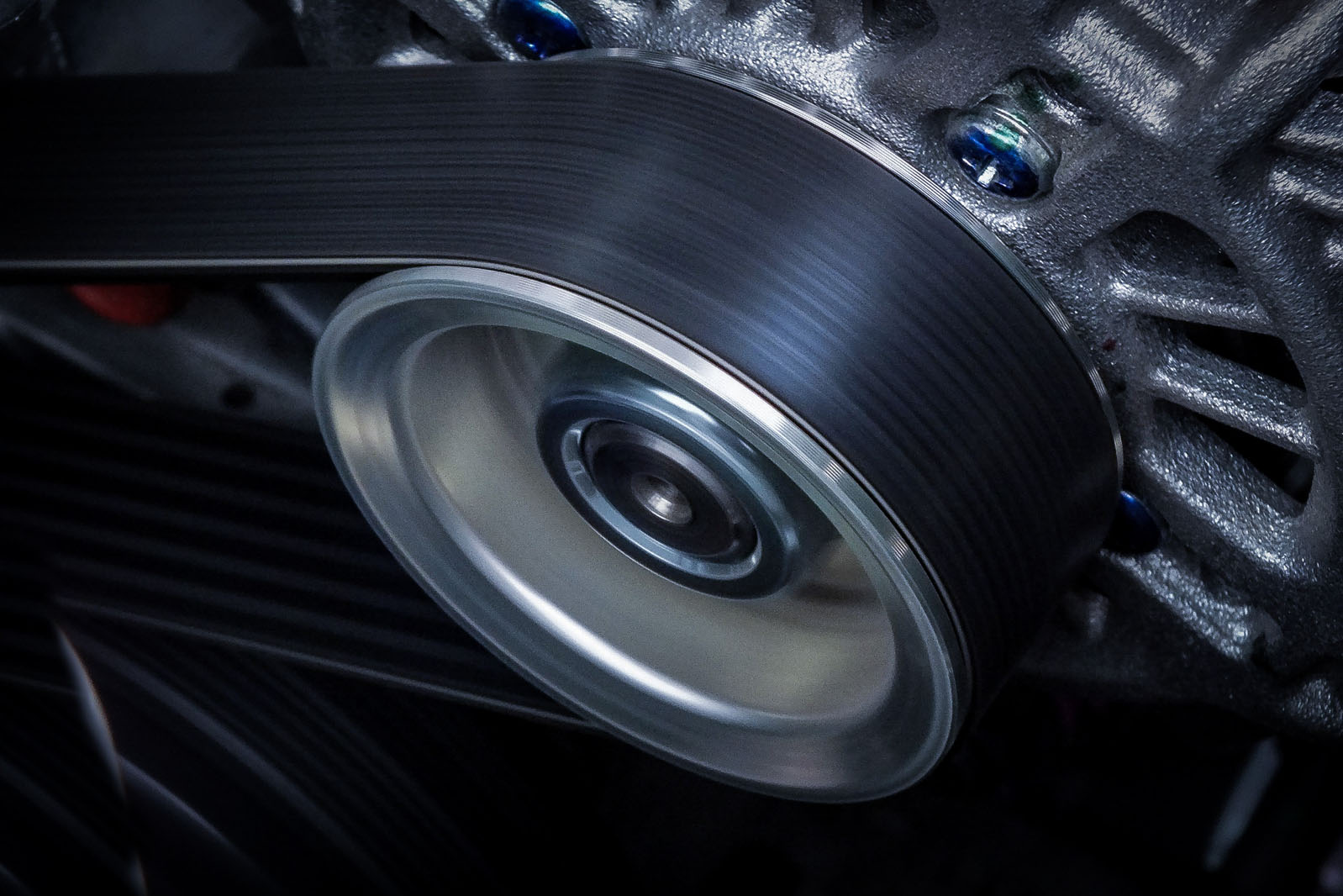
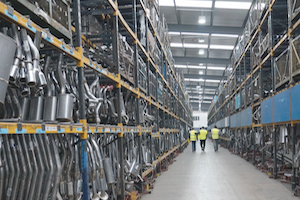

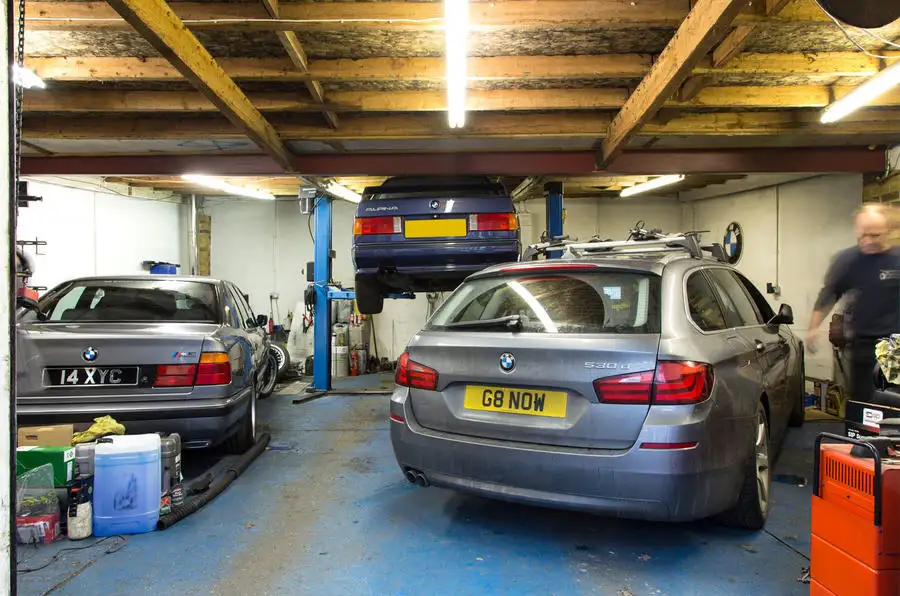





Go to comments